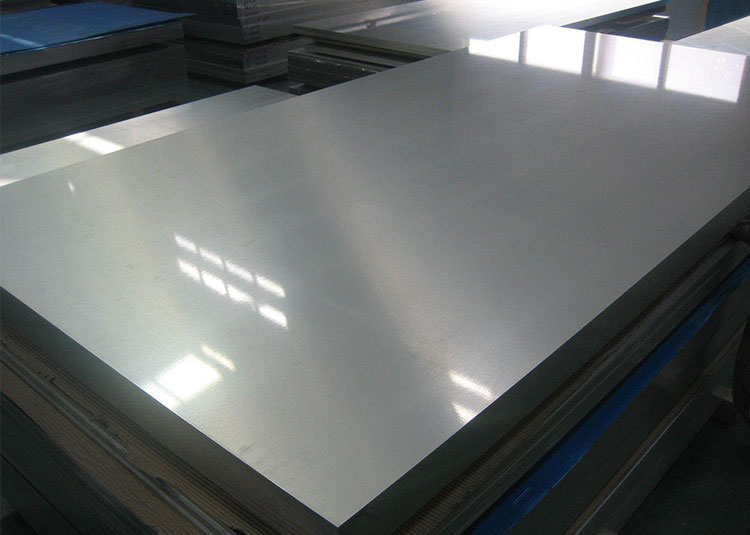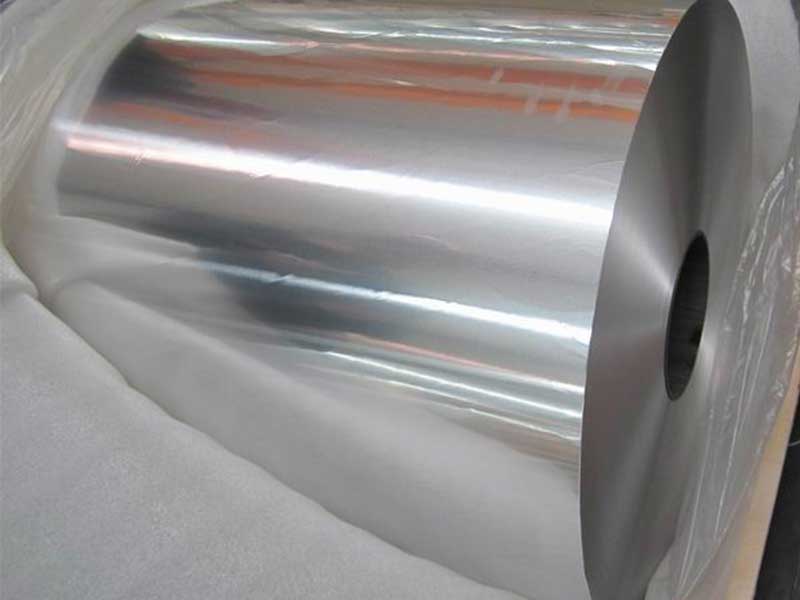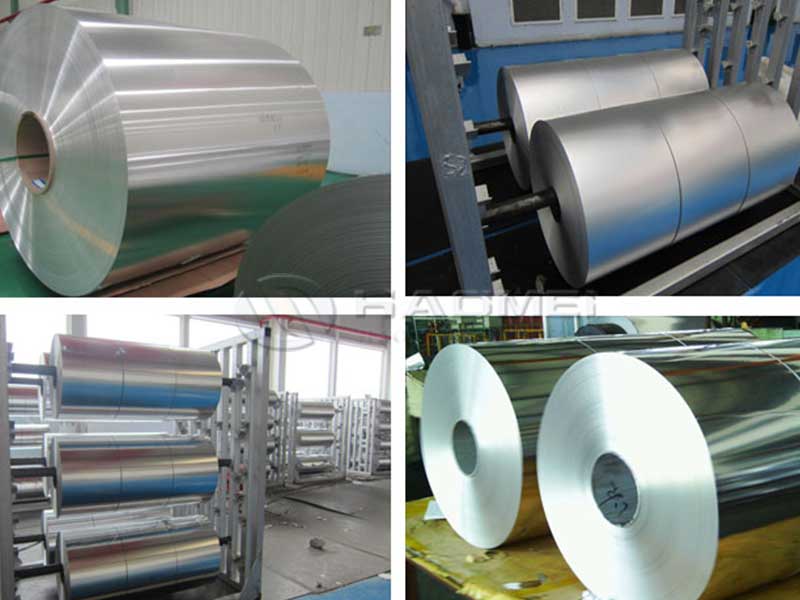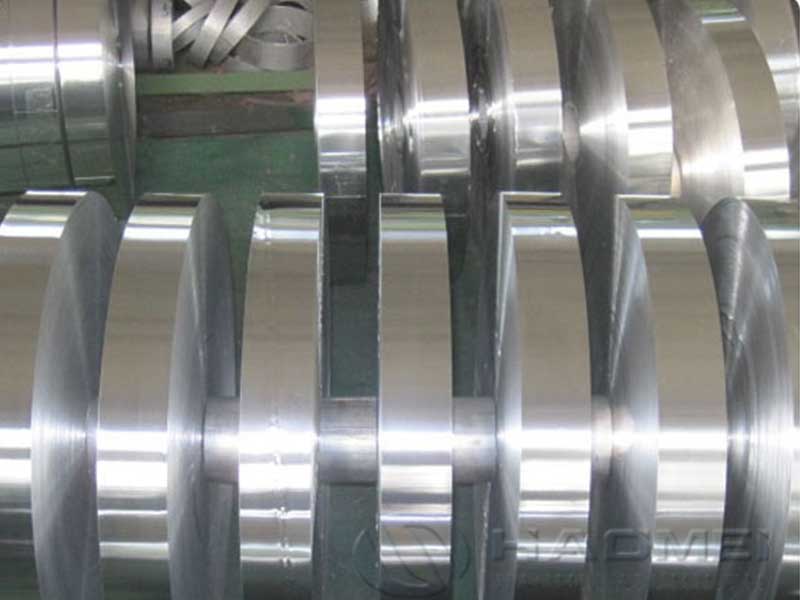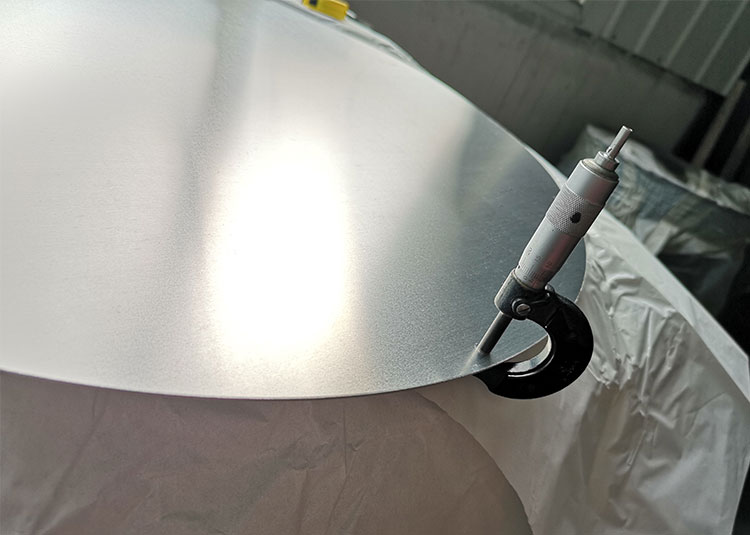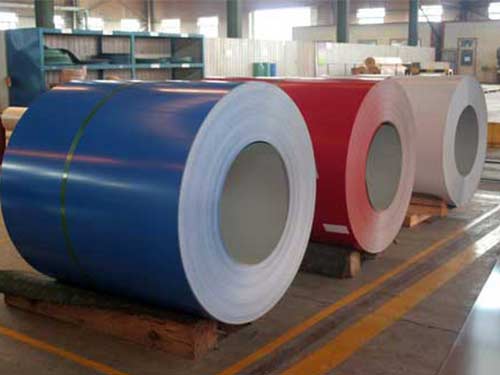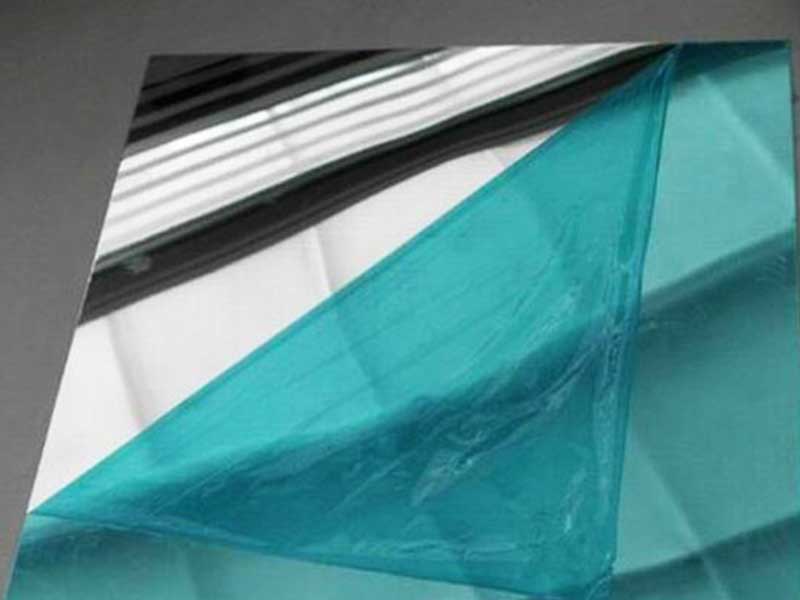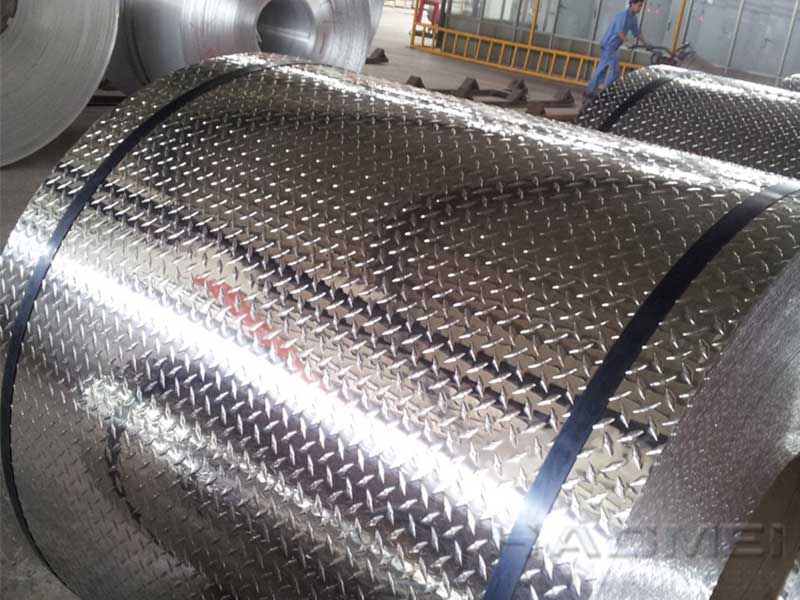Introduction of process technology for aluminum plate anodizing
After selecting aluminum and aluminum alloy materials, it is natural to consider the selection of an appropriate anodizing process. At present, the sulfuric acid oxidation method, the oxalic acid oxidation method and the chromic acid oxidation method widely used in China have been introduced in detail in the manuals and books, and need not be repeated. Some of the new processes currently under development in the country, as well as some foreign methods:
I. Rapid oxidation of oxalic acid-formic acid mixture
The oxalic acid-formic acid mixture is used because it is considered that formic acid is a strong oxidizing agent. In such a bath, formic acid acts to accelerate the dissolution of the inner layer (barrier layer and barrier layer) of the oxide film, thereby making it a porous layer (ie, The role of the outer layer of the oxide film. The conductivity of the bath can be increased (that is, the current density can be increased), so that the oxide film can be formed quickly. Compared with pure oxalate oxidation, this solution can increase productivity by 37.5% and reduce electricity consumption (the oxalic acid oxidation method consumes 3.32 degrees per square meter, which is 2 degrees per square meter), saving 40% of electricity. The process formula is: oxalic acid 4 ~ 5%, formic acid 0.55%, three-phase exchange 44 ± 2 volts, current density 2 ~ 2.5A / dm2, temperature 30 ± 2 ° C.
(2) Mixed acid oxidation
This law was officially incorporated into the Japanese National Standard in 1976 and was adopted by Japan North Star Nikko Household Products Co., Ltd. It is characterized by rapid film formation, high hardness, wear resistance and corrosion resistance of the film. It is higher than the ordinary sulfuric acid oxidation method, and the film is silver-white, which is suitable for printing and coloring products. After the inspection of China's aluminum products industry in Japan, it was recommended for use in 1979. The recommended process recipe is: H2SO4 10-20%, COOHCOOH·2H2O 1-2%, voltage 10-20V, current density 1~3A/dm2, temperature 15-30 °C, time 30 minutes.
(3) Porcelain oxidized porcelain oxidation
It mainly uses chromic acid, boric acid and titanium potassium oxalate as electrolytes, and is treated with high voltage and higher temperature for electrolysis. The film layer looks like a glaze on porcelain, has a high degree of corrosion resistance, good wear resistance, and the film layer can be dyed with organic or inorganic dyes to give the appearance a special luster and color. Currently used in aluminum cookware, lighters, gold pens and other products, very popular with the masses
(4) National Defense Color Oxidation National Defense Color Oxidation
Mainly used in the decoration of military aluminum products, it requires special protection. The oxide film is military green, dull, wear-resistant and durable, and has good protection performance. The process is as follows: first, the oxalic acid is oxidized to form a golden yellow film layer, and then anodized by using a solution of potassium permanganate 20 g/l and H 2 SO 41 g/l.
(5) Multicolor oxidation
The anodized layer which has been dyed but not sealed is wetted with chromic acid or oxalic acid to spread CrO3, and part of the surface of the dyed product is faded after being wetted by CrO3, and oxalic acid or chromium is used in any part as needed. After pickling, it is generally possible to stop reacting with the image. Then dye the second color or repeat the procedures of CrO3 wiping, flushing, dyeing, etc., and flowers, clouds and other patterns can appear as needed. At present, it is widely used in gold cups, water cups, tea boxes, lighters and other products.
(6) Marbling dyeing process to oxidize
After the product is dyed with a ground color, it is dried and then immersed in water with oil on the surface. When it is lifted or immersed, the oil and water hang naturally, so that the film is stained with irregular striped oil. When the second color is re-dyed, the oxide film is not dyed by the grease stain, and the second color is dyed without the grease, forming an irregular pattern such as a marble pattern.
